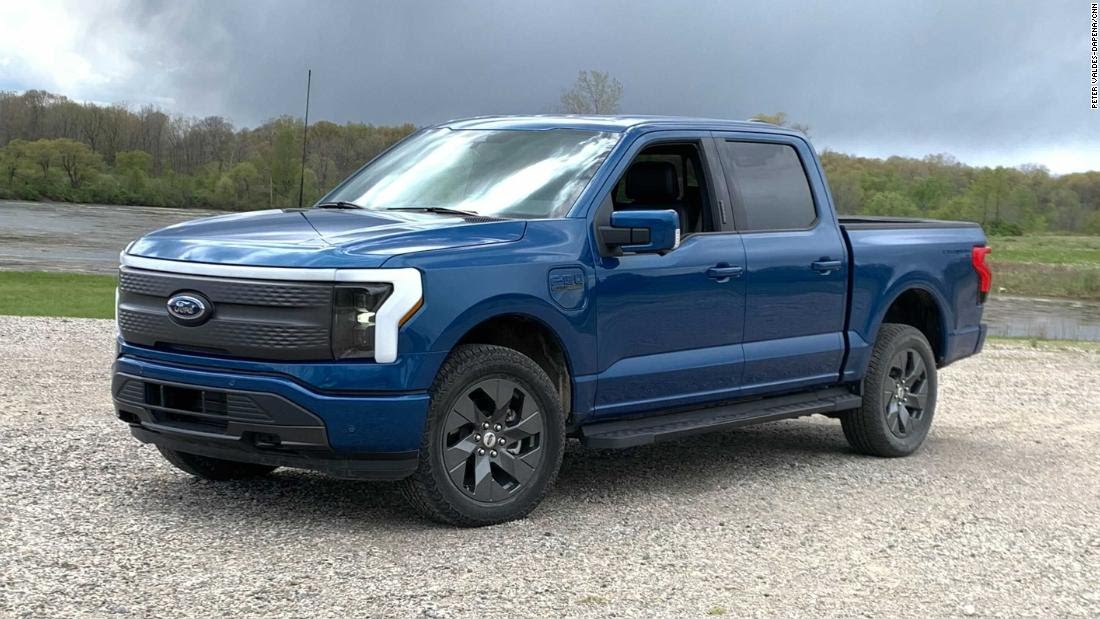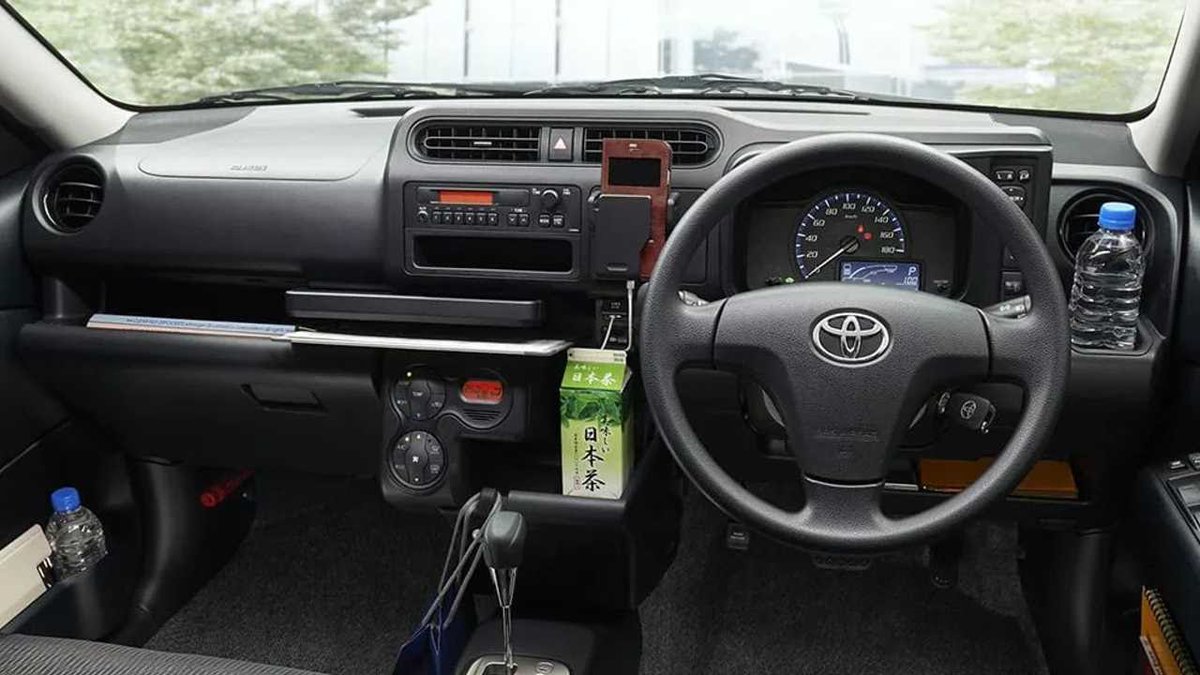
Take a guess at how many Panamera variants Porsche currently builds. No cheating. Just think about it—all the different body styles, engines, wheelbases, and trims. Got your guess? Sorry, you're wrong. — @RoadandTrack 

Porsche has 24 different Panameras currently available. Two dozen. They range all the way from a base rear-driver with a twin-turbo V6 and 325hp to the Turbo S E-Hybrid, which has a twin-turbo V8, all-wheel drive, and a hybrid system to give a total output of 690hp.
There are wagons and sedans, short and long wheelbases, and everything in between.
While the sweet spot in the handling and driving-quality department might be the GTS spec, the best one for a long haul has to be the 4S E-Hybrid, especially in the Sport Turismo body style. 







It combines a 443hp V6 with a hybrid system to give you 552 total horsepower, making this the third-most-powerful Panamera variant, behind the Turbo S E-Hybrid and the Turbo S.
It's fantastically quick and wildly efficient. It's a system perfectly suited to a new grand touring car.
Like every Porsche, this Panamera is full of drive modes, and this one even has submodes for recharging the hybrid battery or holding it at a constant charge level. Your best option is to leave it in regular "hybrid" mode and let the computers suss out what needs to happen.
Hybrid systems have evolved from being obvious drivetrain add-ons to seamless, nearly imperceptible assistances that work almost magically.
Porsche's hybrid integration is among the best, blending battery and gasoline power in such subtle ways that the handoff or parallel operation isn't jarring at all.
Porsches don't typically fade into the background. You don't want them to. The sports-car maker is famous for creating some of the most engaging machines on the road, cars that demand your attention at all times.
On a back road or a track, that's excellent. On a long trip, it can be exhausting. Not so with the Panamera, the drivetrain in particular. It's not high-strung in any way.
At its core, this is the 2.9-litre twin-turbo V6 you find in fast Audis and a few other Porsches—a capable engine but not the most exciting thing—along with a bunch of batteries.
That, on the surface, isn't exciting. But the car does so much work behind the scenes, seamlessly coordinating two separate powertrains into one thrust, that it's pretty incredible to operate.
The car never tries to draw your attention to what it's doing. That speaks to the success of the integration.
With the battery fully charged and under light loads and lower speeds, the Panamera can be fully electric. In the right situation, it's perfect.
It still uses the eight-speed gearbox, which means you can experience the PDK shifting in total silence. In a world of single-speed EVs, that's unique.
The real magic happens when the petrol engine kicks in. There is no delay, no awkward moment when the engine has to come up to the right revs to match the speed, no issues engaging the gearbox.
The engine fires instantaneously, the transmission hops to the right gear, and then you're running on petrol power. Simple as that.
On an 805km trip, the system worked flawlessly. What was most amazing was just how smart it was.
On downhill grades, the Panamera will sail, disconnecting the gas engine to coast with minimal resistance—awkward if you normally rely on engine braking, fascinating if you're interested in seeing just how far you can drive on a single tank of fuel.
The Taycan is getting top-sedan billing from Porsche these days. It's certainly the brand's future, and there's a likelihood we're on a timeline that sees the Taycan replace the Panamera.
But the traditional sedan still has tricks the electric one doesn't.
And until there's a robust cross-country charging infrastructure, the Panamera will remain the perfect long-distance Porsche. Good thing it's wonderful at it.
• • •
Missing some Tweet in this thread? You can try to
force a refresh
































